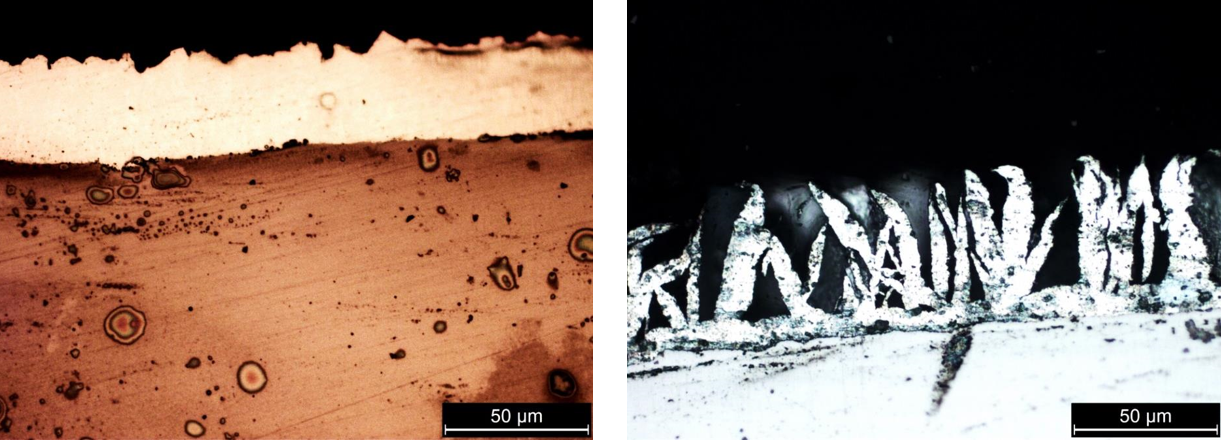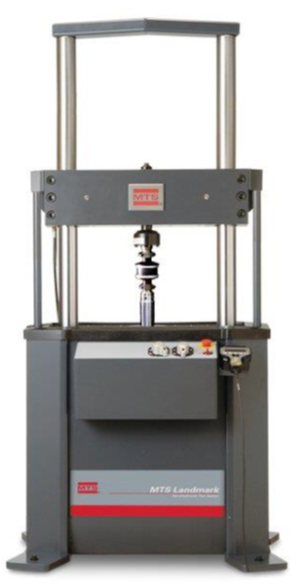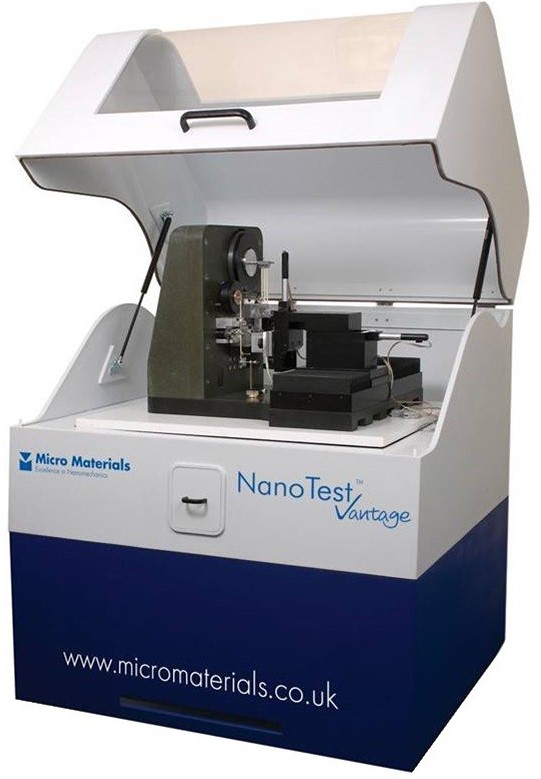Corrosion Testing and Surface Treatment old

Our research in surface technology focuses on understanding the impact of surface treatments on corrosion mechanisms and essential mechanical properties, such as wear resistance and surface hardness. Leveraging our advanced electrochemical laboratory, we conduct comprehensive corrosion testing and surface treatment studies to explore how these processes influence material durability and performance. This work aims to advance surface engineering techniques that can extend product life, improve functionality, and provide valuable insights for industries facing demanding environmental conditions.
Pulse Plating Equipment
This equipment is used for both direct and pulse plating deposition of metallic coatings and dispersion coatings, as well as anodizing.
It has a high power ultrasound probe used for dispersing powders into liquid. It also has a customable deposition cell for special geometries or for scaling-up studies.
Potentiostat with EIS
To measure or monitor corrosion behaviour of surfaces, barrier properties of coatings as well as pitting resistance. Possibilities: Electrochemical impedance spectroscopy, Polarization curves, Tafel plots, Cyclic voltammetry.
- Supplier & Model: Ivium / Potentiostat
- Type of Material for testing: Metals, coatings
- Testing methods: Polarization, EIS, OCP, Polarization resistance, Voltammetry
- Current range: 10 nA to 1 A
Test configuration: Avesta cell, Rotating disk electrode (investigating diffusion related electrochemical problems where the reaction is limited by mass transportation).
Fatigue

Capable of conducting variety of Fatigue testing methods
- Supplier & Model: MTS - 370.25 Load Frame
- Type of Material for testing: all
- Testing methods: Fatigue, Tensile
- Temperature range: RT to 1100°C (resistance furnace)
- Loadcell: ±250kN, ±10kN, ±2.5kN
- Extensometer: 25, 50 mm and High-temp extensometer, Wedge-grips for flat and round specimen
Micro/Nano Hardness

Capable of micro and nano indentation testing; Micro and nano scratch/wear testing
- Supplier & Model: Micro Materials; NanoTest Vantage 4
- Type of Material for testing: all
- Testing methods: Intentation (Vickers & Bercovich), Scratch, Pin-on-Disc
- Temperature range: RT
- Load capacity: Nanoindentation: 0.5-500 mN; Microindentation: 500 mN - 20 N
- Other: Acustic emission and friction measurements
Charpy/Impact
Charpy method. Our impact rig measures impact toughness, i.e. the amount of energy the material absorbs during fracture. The experiments are very quick and easy to execute, which makes it ideal for studying temperature-dependent ductile-brittle transition.
